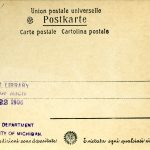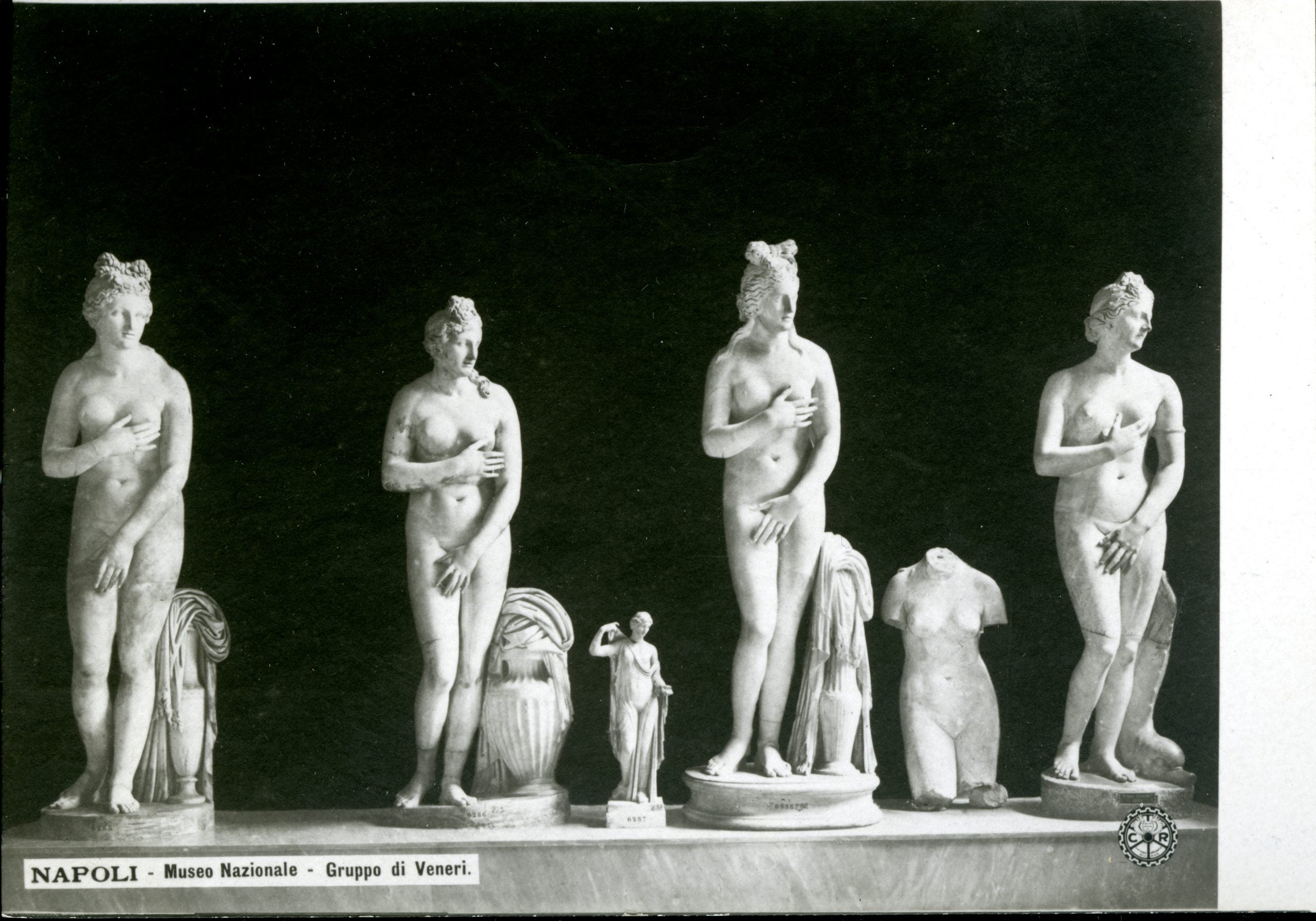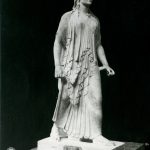From the Archives — June 2016
BY MELISSA SOMERO, Graduate Intern in Kelsey Museum Registry
Hiding out in the Kelsey Museum Archives for the past semester I have come to appreciate the variety of documents that are housed there, such as those pertaining to the history of the museum, including Francis Kelsey and his expeditions, as well as excavations carried out by the University of Michigan. Perhaps some of the most interesting finds were the many photographs by George Swain documenting Francis Kelsey’s expedition to Europe, Near East, and Africa from 1919 to 1920. Kelsey’s expedition was documented by the Dangerous Archaeology exhibition, which also chronicled the history of archaeology in the Near East. It was from this collection of George Swain photographs I have chosen to highlight the photos from Syria. Swain gives us a rare glimpse into the lives of everyday people and refugees in the early part of the 20th century, as well as beautiful archaeological sites.





The panoramic photograph is from a collection of Cirkut photographs in the Kelsey Archives, some of which are on display in the main entrance to the Museum. In Aleppo, the Citadel, which dates back to the 13th century, rises above the city and remains a testament to the ingenuity and prowess of ancient civilizations but is also a reminder of nations at war with its impenetrable walls. The Ancient City of Aleppo and its Citadel are now a UNESCO (United Nations Educational, Scientific and Cultural Organization) World Heritage Site, it is through this international body, which seeks to promote awareness and protection of important cultural sites, that many other sites have been saved and began to promote a thriving economy to the area.


Although for many archaeology in the early 20th century stemmed from the desire to seek out objects for personal glorification, it is clear that Kelsey began a career in the field for educational and humanitarian purposes. Kelsey was not only an explorer and archaeologist but was also involved with the Red Cross and his foray into Syria is documented by the many photographs taken of refugees of the Armenian Genocide.



Because of people like Kelsey, the field of archaeology has not only introduced people to new cultures but has created a thriving enterprise that seeks to unite us in our common heritage. Along with the help of photographers like George Swain we may not only see the stoic archaeological remnants of past cultures but see the living ones that surround and add value to the ancient.
Lastly, I leave you with the images of the ruins of Baalbek which can attest to the grandeur of the structure and the beauty of the intricate design. It is clear from these images that there was a thriving artistic community which is indicative of a prosperous society.



*****
Guest contributor Melissa Somero is a graduate intern this semester for the Kelsey Museum Registry. She earned her Master’s degree from Eastern Michigan University in historic preservation. While Melissa has assisted with multiple projects, her focus for the term has been the Kelsey Archives.
From the Archives — June 2016 Read More »

























